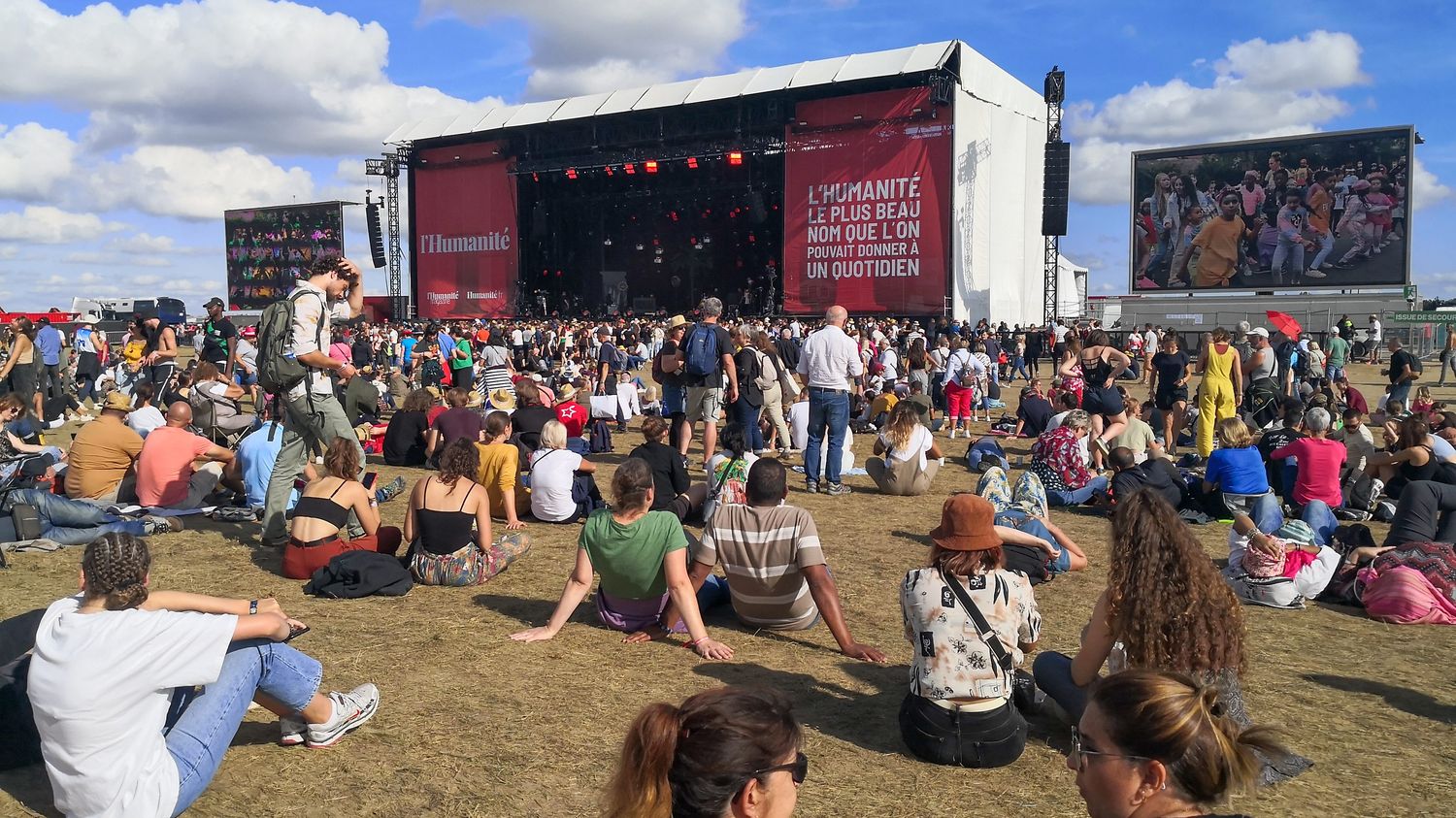The 88th edition of the Fête de l’Humanité takes place this weekend at Plessis-Pâté in Essonne. On the program: more than 70 concerts but also conferences, debates and live shows.
The history of the “Fête de l’Huma” begins in 1930. It is an idea of Marcel Cachin, then director of the newspaper Humanity, who wants to create an event that supports communist daily life. The very first edition took place exactly on September 7, 1930 in Bezons, in Val-d’Oise. At the time, it was more of a funfair than a festival, with stands, lotteries, a brass band and a few shows. And still, of course, some political speeches.
>> When the Fête de l’Humanité served the power of the Communist Party
Over the course of the decade, the Festival gave an increasingly important place to culture. In 1938, it even hosted a concert by the great star of the time: Charles Trénet. But it was in 1945, at the end of the Second World War, that the Festival, then based in the Bois de Vincennes, experienced its most prosperous year. That year, the event broke an attendance record: one million people.
In the 1970s, the Fête de l’Humanity opened up to other political parties. It was the beginning of the great debates organized between left-wing figures, communists, socialists and radicals. But the 1970s were also a musical decade for the Festival. On the bill for the 1972 edition, for example, there was Miriam Makeba, Michel Legrand and… the Who!
Two years earlier, in 1970, it was Pink Floyd who played at Huma. And more recently Patti Smith or Iggy Pop in 2012 and 2017. But the event retains its activist dimension. In the 1980s, he promoted the release of Angela Davis and Nelson Mandela.
In 1999, a turning point: L’Humanité is no longer the PCF newspaper
In 1999, a turning point in the history of the Fête de l’Humanité. Humanity is no longer the official newspaper of the Communist Party even if the daily remains closely linked to the PCF. The Huma Festival is therefore now intended to be a meeting for all left-wing activists, but also NGOs, associations and unions. 1999 was also the year the Festival moved to Georges-Valbon Park in La Courneuve. The park is now occupied by the 2024 Olympics press village.
So finished Seine-Saint-Denis and hello Essonne. After half a century in the 93, the Fête de l’Humanité launched its first edition in the 91 last year, on Base 217, a former air base straddling Brétigny-sur-Orge and Le Plessis -Pâté, 35 kilometers south of Paris. An edition which welcomed some 450,000 festival-goers. More than 400,000 are expected from Friday to Sunday.
